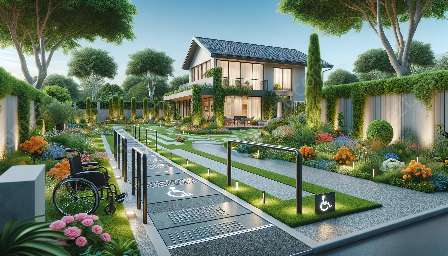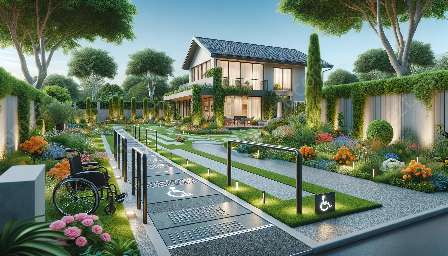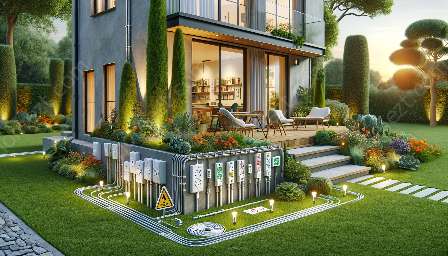Crime Prevention Through Environmental Design (CPTED) is an innovative approach to addressing security and safety concerns in residential settings. It involves designing and managing the physical environment to reduce the opportunity for crime to occur and enhance feelings of safety and security for residents. In this article, we'll explore the principles and practices of CPTED in the context of home safety and security, as well as its compatibility with home and garden design.
Understanding CPTED
CPTED, or Crime Prevention Through Environmental Design, is based on the idea that the physical environment can influence human behavior and, subsequently, crime rates. By designing and managing the built environment in a way that discourages criminal activity, CPTED aims to create safer and more secure living spaces.
CPTED principles focus on four key concepts: natural surveillance, natural access control, territorial reinforcement, and maintenance. These principles guide the design and management of residential environments to promote safety and security.
Application of CPTED in Home Safety & Security
When it comes to home safety and security, implementing CPTED principles can significantly reduce the risk of crime and enhance the overall well-being of residents. Here are some strategies for applying CPTED in a residential setting:
- Enhancing lighting: Proper illumination around the home can deter criminal activity by increasing visibility and reducing hiding spots for potential intruders.
- Securing entry points: Installing strong locks, security doors, and barriers can help control access to the property, making it more difficult for intruders to enter.
- Landscape management: Maintaining clear lines of sight and removing potential hiding spots in the garden or yard can improve natural surveillance and deter criminal activity.
- Creating territorial boundaries: Clearly defining property lines and using landscaping features to establish territorial reinforcement can discourage trespassing and unauthorized access.
CPTED and Home & Garden Design
Integrating CPTED principles into home and garden design can not only improve safety and security but also enhance the overall aesthetic appeal of a property. By considering elements such as lighting, landscaping, and physical barriers, homeowners can create welcoming yet secure living spaces.
For instance, using natural elements such as thorny bushes or prickly hedges near vulnerable entry points can act as deterrents for potential intruders while adding to the visual appeal of the garden. Additionally, installing outdoor lighting fixtures strategically to illuminate paths and entryways can enhance both safety and the beauty of the outdoor space.
Conclusion
Crime Prevention Through Environmental Design (CPTED) offers a holistic approach to improving safety and security in residential settings. By incorporating CPTED principles into home safety and security measures, homeowners can create environments that mitigate risks and promote a sense of well-being. Additionally, integrating CPTED concepts into home and garden design can contribute to creating inviting and secure living spaces that align with the principles of CPTED.
Overall, CPTED presents an effective and attractive means of addressing security concerns while enhancing the aesthetic and functional aspects of home and garden design.


































